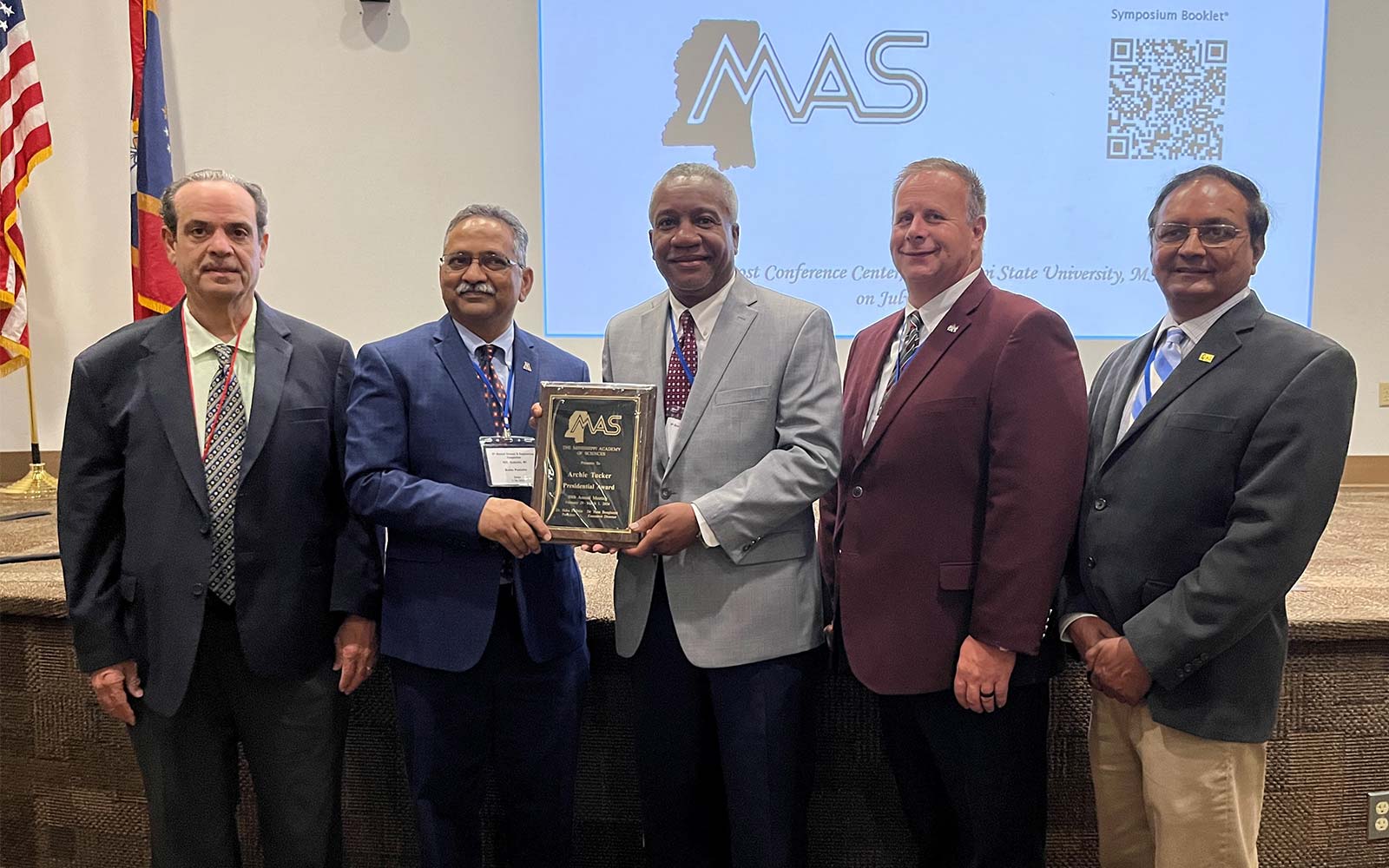North Carolina
What to expect for your child

After undergoing their first standardized tests in elementary school, students entering middle school will encounter similar tests as they navigate this stage in their education.
What standardized assessments will my student take in North Carolina?
The North Carolina Department of Public Instruction’s tests vary by grade and some school districts also employ additional tests.
Which standardized tests will my sixth grader take in North Carolina?
Public and charter school students in North Carolina will take a variety of tests starting in the third grade. Those tests continue through middle school.
NC Check-Ins 2.0
These tests offer teachers a chance to “check in” on their students’ progress before the end-of-grade tests. The tests are designed to help gauge a student’s proficiency and help determine what areas the student might need to work on before the EOGs. Students take these tests more than once a year. For the 2023–24 school year, all NC schools may choose to participate in the NC Check-Ins 2.0 for students in third through eighth grades. The testing windows are from Sept. 18, 2023, through May 31, 2024.
The NC Check-Ins for math have 25 total questions. There are four-option, multiple-choice questions, open-ended numeric response questions and technology-enhanced questions. There are sections where you can use your calculator and ones where you are not allowed to.
NC Check-Ins for reading have 24 questions divided across three sections. The students will be given passages to read that are informational, literature or poetry. They will then answer six to nine multiple-choice or technology enhanced questions for each reading selection. Note that poetry is only included for middle school students.
End-of-Grade (EOG) Tests
Students in sixth grade are given EOG tests in reading and math subject areas. The testing window for EOGs is the last 10 days of the school year.
The reading EOG tests how students comprehension of literature and informational texts. In sixth grade, they are expected to be able to determine or clarify the meaning of unknown and multiple-meaning words or phrases, demonstrate simplistic understanding of figurative language and nuances; determine an explicit central idea of a text and how it is conveyed through details; and explain simplistically how an author develops the point of view of the narrator or speaker in a text.
In math, sixth graders are expected to be able to solve math problems involving percentages; identify the multiplicative relationship of a ratio from a variety of representations; compute and interpret quotients of fractions, using models and common denominators; divide with long division involving four-digit dividends, using the standard algorithm; solve real-world and mathematical problems by graphing points in the same quadrant of the coordinate plane and solve math problems involving rectangular prisms with fractional edge lengths.
The NCDPI estimates it will take about two hours for students to take each EOG. Students are allowed a maximum of three hours, unless they have documented special needs that require accommodations.
Students who score a level 3 or above on the EOGs are considered proficient in that subject area.
What happens if you fail an EOG? Students are given the option to re-take the test. Even if the parent chooses not to request a re-test, the principal ultimately makes the decision whether a student will be held back or advance to the next grade year based on test scores, classroom performance and other factors.
What are the test scores used for? Test results are used for school and district accountability and for federal reporting purposes.
Standards Based Measure of Proficiency (STAMP)
In Chapel Hill-Carrboro Schools this test is given once every April to students in grades 2 through 8. This test measures language proficiency in reading, writing, listening and speaking.
In Wake County, middle school students are given the FastBridge assessment for reading three times a year.
See which tests your child will be taking this year
STAR Math and other assessments
Some school districts use STAR Math, which is an adaptive assessment for measuring student achievement in math. These assessments are given three times per year on a computer.
In Chapel-Hill Carrboro Schools, students from kindergarten to ninth grade take a Star Math; in Wake County, students in third through eighth grades take Star Math.
Which standardized tests will my seventh grader take in North Carolina?
Seventh grade students take the same standardized tests as sixth graders.
NC Check-Ins 2.0
These tests offer teachers a chance to “check in” on their students’ progress before the end-of-grade tests. The tests are designed to help gauge a student’s proficiency and help determine what areas the student might need to work on before the EOGs. Students take these tests more than once a year. For the 2023–24 school year, all NC schools may choose to participate in the NC Check-Ins 2.0 at grades third through eighth. The testing windows are from Sept. 18, 2023 through May 31, 2024.
The NC Check-Ins for math have 25 total questions. There are four-option multiple-choice questions, open-ended numeric response questions and technology-enhanced questions. There are sections where you can use your calculator and ones where you are not allowed to.
NC Check-Ins for reading have 24 questions divided across three sections. The students will be given passages to read that are informational, literature or poetry. They will then answer six to nine multiple-choice or technology enhanced questions for each reading selection. Note that poetry is only included for middle school students.
End-of-Grade (EOG) Tests
Students in seventh grade are given EOG tests in reading and math subject areas. The testing window for EOGs is the last 10 days of the school year.
The reading EOG tests how students comprehension of literature and informational texts. Some of the standards for seventh grade include being able to cite at least two pieces of textual evidence to support a simplistic analysis of what the text says explicitly or inferences drawn from the text; determine the meaning of common or familiar words and phrases as they are used in a text; determine two or more explicit central ideas in a text; and determine or clarify the meaning of unknown and multiple-meaning words and phrases.
In math, seventh graders are tested on their ability to add, subtract, multiply and divide rational numbers; use long division to convert a fraction to a decimal; determine a proportional relationship between quantities from tables, graphs, equations and verbal descriptions; add, subtract and expand linear expressions involving integers; represent triangles from three measures of angles or three measures of sides and use data to calculate the experimental probability of a chance event.
The NCDPI estimates it will take about two hours for students to take each EOG. Students are allowed a maximum of three hours, unless they have documented special needs that require accommodations.
Students who score a level 3 or above on the EOGs are considered proficient in that subject area.
What happens if you fail an EOG? Students are given the option to re-take the test. Even if the parent chooses not to request a re-test, the principal ultimately makes the decision whether a student will be held back or advance to the next grade year based on test scores, classroom performance and other factors.
What are the test scores used for? Test results are used for school and district accountability and for federal reporting purposes.
STAR Math and other assessments
Some school districts use STAR Math, which is an adaptive assessment for measuring student achievement in math. These assessments are given three times per year on a computer.
In Chapel-Hill Carrboro Schools, students from kindergarten to ninth grade take a Star Math and in Wake County, students in third through eighth grades take Star Math.
In Orange County, they use AimswebPlus to assess math and reading skills for all students from kindergarten through eighth grade.
In Durham County, the iReady math assessment is given to children from kindergarten through ninth grade.
In Chapel Hill-Carrboro Schools give the Standards Based Measure of Profiency (STAMP) test once every April to students in grades second through eighth. This test measures language proficiency in reading, writing, listening and speaking.
In Wake County, middle school students are given the FastBridge assessment for reading three times a year.
Which standardized tests will my eighth grader take in North Carolina?
Eighth grade students have one extra EOG test to take.
NC Check-Ins 2.0
These tests offer teachers a chance to “check in” on their students’ progress before the end-of-grade tests. The tests are designed to help gauge a student’s proficiency and help determine what areas the student might need to work on before the EOGs. Students take these tests more than once a year. For the 2023–24 school year, all NC schools may choose to participate in the NC Check-Ins 2.0 at grades third through eighth. The testing windows are from Sept. 18, 2023 through May 31, 2024.
The NC Check-Ins for math have 25 total questions. There are four-option multiple-choice questions, open-ended numeric response questions and technology-enhanced questions. There are sections where you can use your calculator and ones where you are not allowed to.
NC Check-Ins for reading have 24 questions divided across three sections. The students will be given passages to read that are informational, literature or poetry. They will then answer six to nine multiple-choice or technology enhanced questions for each reading selection. Note that poetry is only included for middle school students.
For grades fifth and eighth, there is a Science NC Check-In. These check-ins focus on Physical Science, Earth Science and Life Science. In eighth grade, there are 30 life questions, 24 earth science questions and 24 items related to physical science. They are each multiple-choice.
End-of-Grade (EOG) Tests
Students in eighth grade are given EOG tests in reading, math and science. The testing window for EOGs is the last 10 days of the school year.
By the end of eighth grade English and Language Arts, students are expected to be able to be able to cite textual evidence that supports a simplistic analysis of what the text says explicitly as well as inferences drawn from the text; demonstrate simplistic understanding of figurative language and nuances in word meaning; and analyze the structure of a specific paragraph in a text, including the role of particular sentences in developing a key concept.
The EOG for math is required to be administered online for eighth grade. It tests students on their ability to estimate the values of square roots and cube roots to the tenths; Identify the two integers that a square root or cube root falls between (including on a number line); use numbers expressed in scientific notation to estimate very large or very small numbers; identify linear functions from tables, equations, and graphs; and apply the Pythagorean theorem to find the missing side of a right triangle.
The eight grade EOG for Science covers the science-related topics they have covered throughout the year. To be deemed proficient a student must be able to describe the properties of matter and recognize the changes that occur when matter interacts in an open and closed container. Students will need to be able to recognize some environmental implications associated with obtaining, managing and using energy resources. They will also need to have some understanding of Earth’s history based on evidence of change recorded in fossil records and landforms. See a full list of standards for science EOGs.
The NCDPI estimates it will take about two hours for students to take each EOG. Students are allowed a maximum of three hours, unless they have documented special needs that require accommodations.
Students who score a level 3 or above on the EOGs are considered proficient in that subject area.
What happens if you fail an EOG? Students are given the option to re-take the test. Even if the parent chooses not to request a re-test, the principal ultimately makes the decision whether a student will be held back or advance to the next grade year based on test scores, classroom performance and other factors.
What are the test scores used for? Test results are used for school and district accountability and for federal reporting purposes.
STAR Math and other assessments
Some school districts use STAR Math, which is an adaptive assessment for measuring student achievement in math. These assessments are given three times per year on a computer.
In Chapel-Hill Carrboro Schools, students from kindergarten to ninth grade take a Star Math and in Wake County, students in third through eighth grades take Star Math.
In Orange County, they use AimswebPlus to assess math and reading skills for all students from kindergarten through eighth grade.
In Durham County, the iReady math assessment is given to children from kindergarten through ninth grade.

North Carolina
North Carolina Zoo celebrates its 50 anniversary

ASHEBORO, N.C. (WTVD) — The North Carolina Zoo is celebrating 50 years.
Located in Asheboro, the zoo houses about 1,700 animals and over 250 species primarily from Africa and North America.
On social media, NC Zoo wrote Friday:
“Throughout our history, we’ve been home to a diverse array of remarkable animals, dedicated keepers, and passionate employees who work tirelessly behind the scenes. Join us in honoring this milestone by visiting the Zoo in 2024!”
The Zoo also mentioned the Zoo’s first animals, which were two Galapagos tortoises named Tort and Retort.
The post said in part: “These two tortoises symbolize the early days of the North Carolina Zoo and are cherished deeply in our hearts.”
The North Carolina Zoo is one of two state-supported zoos in the country. The other is the Minnesota Zoo.
Copyright © 2024 WTVD-TV. All Rights Reserved.
North Carolina
NC has some of the most dangerous roads in the US: See how Wilmington-area counties rank
With a recent study revealing North Carolina as one of the states with the riskiest roads to travel, some may wonder how safe the roads are here in the Cape Fear region.
MarketWatch Guides, a site that provides “reviews of consumer products and services to help readers make educated purchasing decisions,” focuses in part on car insurance comparisons, vehicle safety and more.
A recent study by the site analyzed factors including annual miles driven per 100,000 system miles, percentage of rough roads and fatal injuries per 100,000 licensed drivers. States were given a rating out of 10 points, with 10 being the most dangerous.
More: Distracted driving in Wilmington: How big of a problem is it?
North Carolina’s ranking among the most dangerous
According to the study, the states with the most dangerous drivers based on the factors studied are:
- Louisiana – 7.55/10
- California – 7.21/10
- New Mexico – 6.74/10
- Hawaii – 6.73/10
- Delaware – 6.67/10
- New Jersey – 6.53/10
- Mississippi – 6.47/10
- North Carolina – 6.39/10
- Massachusetts – 6.33/10
- Maryland and Texas – 6.26/10
According to the study, North Carolina had 32.5 fatal injuries per 100,000 licensed drivers, but only 2.1% of rough roads, which was the lowest percentage out of the other ranked states.
For a more localized perspective, the North Carolina Department of Transportation releases annual traffic crash facts data. The most recent 2022 report includes a ranking of counties based on several factors, including reported crashes, crash severity, crash rates based on population, registered vehicles and estimated vehicle miles traveled.
The most dangerous county for drivers, ranked at No. 1 for the past five years, was Robeson County. The county had 60 fatal crashes in 2022 with 1,136 non-fatal injury crashes. The rest of the total 4,056 crashes were property-damage-only. The county with the best ranking was Hyde County, coming in at No. 100. The county had one fatal crash in 2022 and 10 non-fatal injury crashes. The county had a total of 45 crashes, the rest of which were property damage only.
More: MyReporter: Which intersections see the most red-light camera violations in Wilmington?
Here’s where the Cape Fear region counties ranked.
Brunswick County
Ranked No. 76 in 2022, Brunswick County had 25 fatal crashes and 715 non-fatal injury crashes. The total crashes for that year were 3,146. The remainder of the crashes were property damage only.
New Hanover County
Ranked No. 58, New Hanover had 19 fatal crashes and 1,313 non-fatal injury crashes, both of which went down from 2021. The total crashes in New Hanover were 5,617. The remainder of the crashes were property damage only.
Pender County
Ranked No. 47, Pender County had the worst ranking despite having the lowest number of crashes. The county had 12 fatal crashes and 374 non-fatal injury crashes, and a total of 1,156 crashes. The rest of the crashes were property damage only.
Iris Seaton, USA Today Network, contributed to this report.
North Carolina
Tropical Storm Debby expected to bring rainfall to Virginia & North Carolina

Tropical Storm Debby already has parts of Florida under tropical storm warnings. The Florida Big Bend is currently under a Hurricane Warning. Debby is forecast to briefly strengthen into a category 1 hurricane as it moves over the Gulf of Mexico where water temperatures are near 90 degrees.
As it continues its path over land it is expected to dial back to tropical storm strength as it reaches the Carolinas mid to late next week. Moderate rainfall is possible for northeast North Carolina and southern Virginia by the end of the week.

Higher amounts of rain are possible for southernmost portions of the Outer Banks but generally models show 2-4 inches for northeast North Carolina and 1-2 inches for southern Virginia through Thursday.
Stay with News 3’s First Warning Weather Team for the latest updates as the storm develops.
-

 Mississippi5 days ago
Mississippi5 days agoMSU, Mississippi Academy of Sciences host summer symposium, USDA’s Tucker honored with Presidential Award
-

 Politics1 week ago
Politics1 week agoRepublicans say Schumer must act on voter proof of citizenship bill if Democrat 'really cares about democracy'
-

 Politics1 week ago
Politics1 week agoTrump announces to crowd he 'just took off the last bandage' at faith event after assassination attempt
-
World7 days ago
More right wing with fewer women – a new Parliament compendium
-

 World1 week ago
World1 week agoIsrael says Hezbollah crossed ‘red line’, strikes deep inside Lebanon
-

 Politics1 week ago
Politics1 week agoHarris failed to combat ‘root causes’ of illegal immigration, former Border Patrol union chief says
-

 News1 week ago
News1 week agoVideo: Kamala Harris May Bring Out Trump’s Harshest Instincts
-

 World1 week ago
World1 week agoItaly's Via Appia enters the Unesco World Heritage List
















